Here's Windows 10 20H2 Update in a Nutshell
The 20H2 update for Windows 10, which is to be released in the near future, will bring improvements and news.
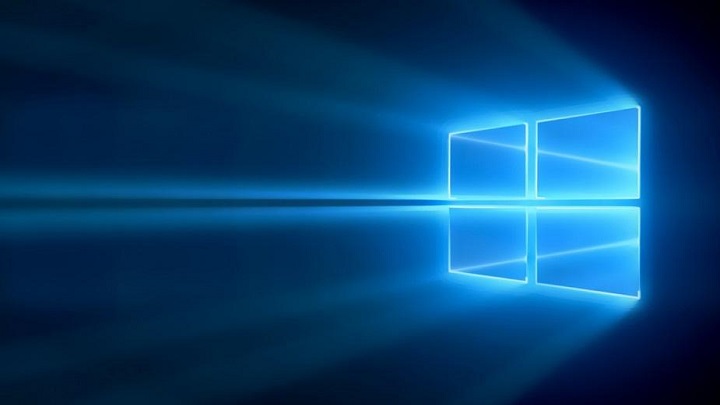
After the last major update of Windows 10 from May this year, we didn't have much news, which was probably due to Microsoft being busy fixing bugs. This update has brought performance improvements on many computers, but also a lot of problems. Today, however, we are learning more about the upcoming version of Windows, numbered 20H2. It will not bring a revolution, but will introduce many improvements and some pleasant new features.
New Microsoft Edge browser
Launched in January 2020, the Edge browser based on the Chromium engine is available for anyone to install, but was not implemented as an integral part of the system. This will change now, as it will be updated together with Windows and will automatically replace the old version. This seems to be a positive step, as the new Edge guarantees greater website compatibility and the ability to install virtually all add-ons supported by Google Chrome. Another useful feature is the ability to preview open tabs using alt+tab key combination.
New look of Start Menu
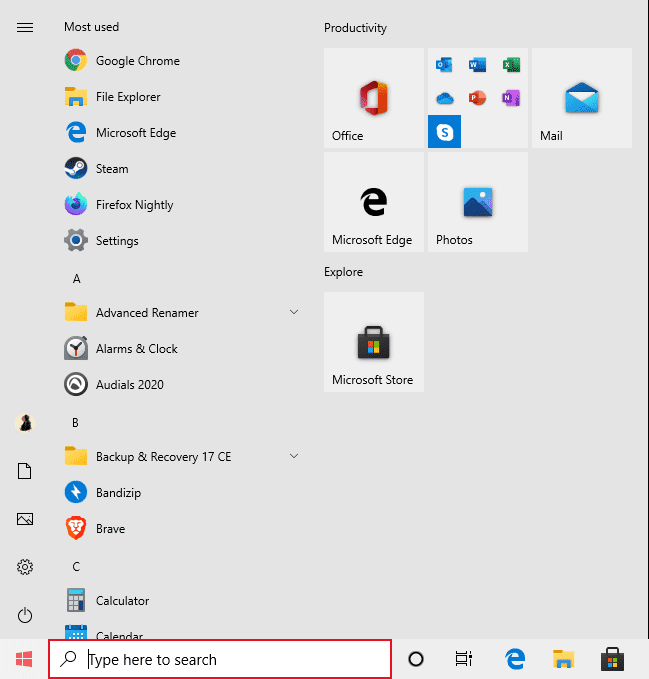
The appearance of the Start Menu has been subject to many changes in the past. Windows 8 has been particularly infamous in this regard, turning it into a tiled interface associated with mobile devices. It's been a while since then, the full-screen concept has been abandoned in favor of a more classic form, enriched with dynamic tiles next to them and they will undergo a cosmetic change after the 20H2 update. From now on, the background behind the icons will adapt to the theme of the whole system to better blend in with it and create a coherent whole. Previously, each tile used its own background, which made it look rough and unprofessional.
Taskbar adapting to new users
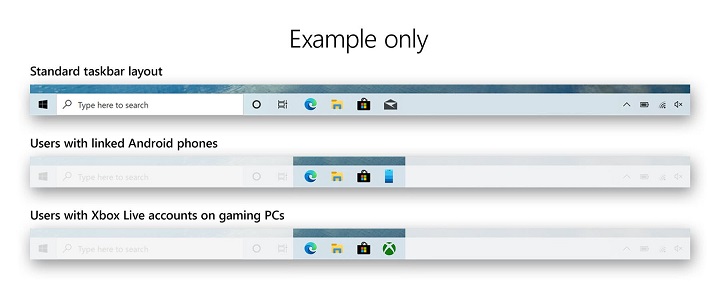
An interesting novelty is the change in the taskbar, which will adapt itself to new Windows users to emphasize their preferences. As soon as we install the operating system and create a new Microsoft account, we will be able to connect our Android phone to it and an automatically pinned "Your Phone" app icon will appear on the taskbar. The same goes for the Xbox Live account - once we've created a Microsoft account, we can create (or sign in to an existing) Xbox account, and the Xbox app icon will appear in the taskbar.
Changes in settings
The "Settings" application causes a bit of confusion in Microsoft's operating system, because many of its functions overlap with those of the Control Panel, but in turn, not all of them are identical and we have to find some of them ourselves. So it is not surprising to see new functions of the former, implemented in new versions of the system. In the latest update, when selecting default applications, we will be able to associate appropriate file types or protocols with the programs we selected. Moreover, we will also be able to see which file extensions are supported by the application we are currently interested in.
Another novelty will be assistant of removing unnecessary files in System&Memory tab, which will tell us what we can delete from the disk to free up space. Its operation will be based largely on the "Delete temporary files" application and an analysis of whether there are any unnecessary old Windows installations or large files.
The combination of Win+Pause buttons from now on, instead of opening the "System Information" tab in the Control Panel, will redirect us to the "Information" page in the Settings app. Once again, this seems to be a deliberate move do divert the user from the old solution, like in the case of Universal Windows Platform.
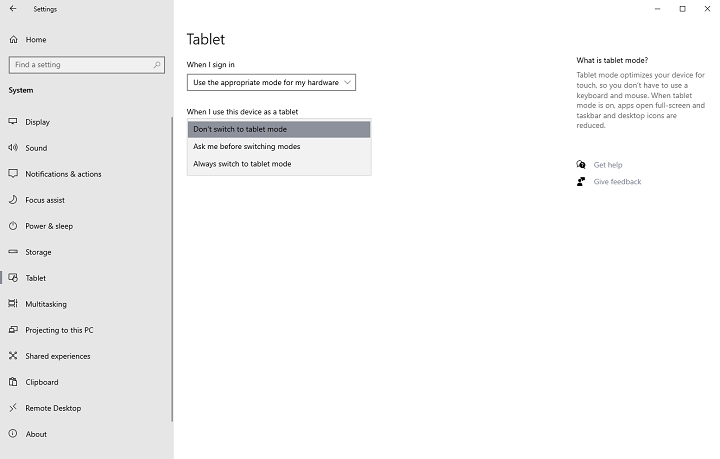
In the May update, new options were introduced for 2-in-1 tablet users - when they were disconnecting the screen from the bottom of the tablet, the system asked whether to switch to dedicated tablet mode. From now on, the transition to tablet mode will be automatic when the device is disconnected from the keyboard, unless we have specified otherwise in the settings.
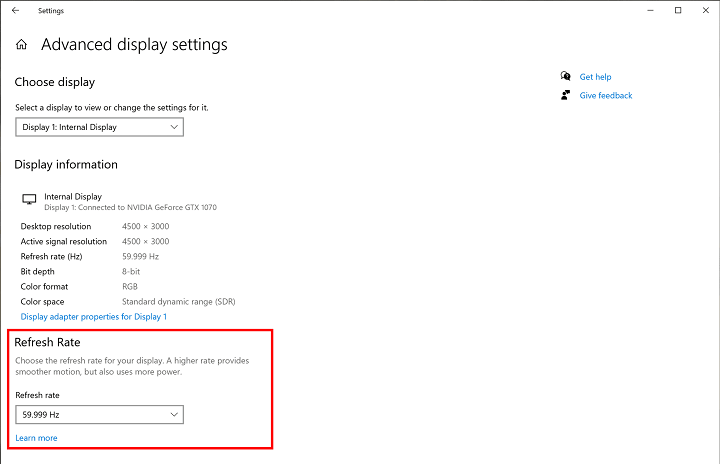
The last section to change will be the tab with graphics and display settings. In the graphics settings, we will now be able to set our default high-performance graphics card, and select a different GPU for each application separately. In the advanced display settings, we will finally be able to adjust the screen refresh rate, which until now has required a lot of navigation through the operating system or applications from Nvidia, Intel or AMD to support their graphics cards.
It remains to be hoped that the implementation of the update will run smoothly and without any problems. Who knows if we really don't end up with a series of very big updates and one operating system without a specific name, but with a compilation number...
1

Author: Mikolaj Laszkiewicz
Have been working at gamepressure.com since May 2020. First, he was a newsman in the Technology department, over time he began to get involved in games and journalism, as well as edit and supervise the Technology newsroom. He previously shared his thoughts on video games in, e.g. various thematic groups. A lawyer by education. He plays on everything and in everything, which can sometimes be reflected in his reviews. His favorite console is the Nintendo 3DS, he plays a new FIFA every year and tries to broaden his gaming horizons. Loves broadly understood computer equipment and disassembles everything that falls into his hands.
Latest News
- Stuck in development limbo for years, ARK 2 is now planned for 2028
- Few people know about it, but it's an RPG mixing Dark Souls and NieR that has received excellent reviews on Steam, and its first DLC will be released soon
- AI „won't make The Witcher 5,” but CD Projekt Red doesn't despise it. Artificial intelligence isn't responsible for massive layoffs in the game industry
- This is expected to be the biggest year in the company's history. Blizzard prepares an offensive that will overshadow previous years
- Bethesda envied CD Projekt RED? Starfield may undergo a Cyberpunk 2077-style metamorphosis

